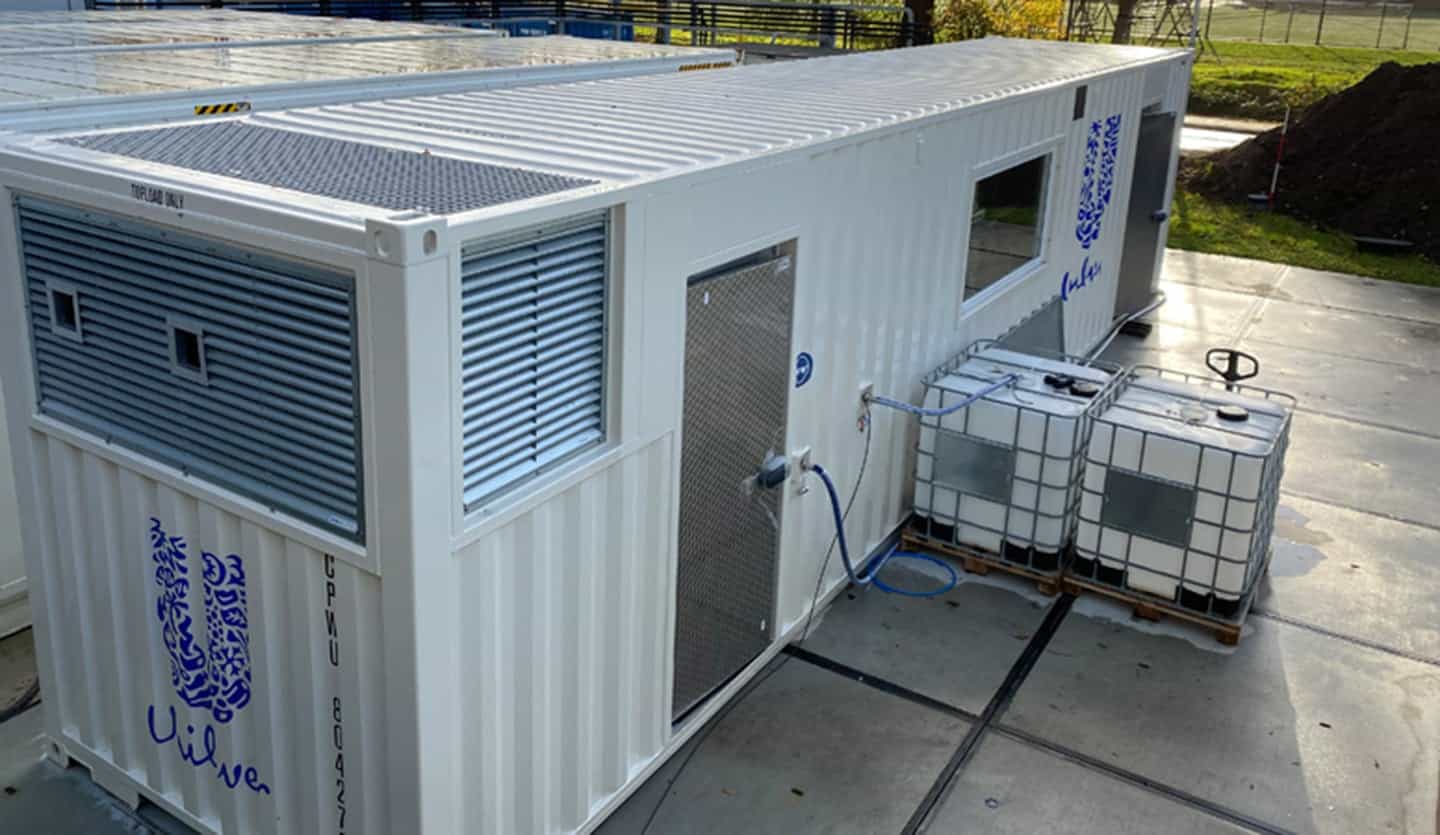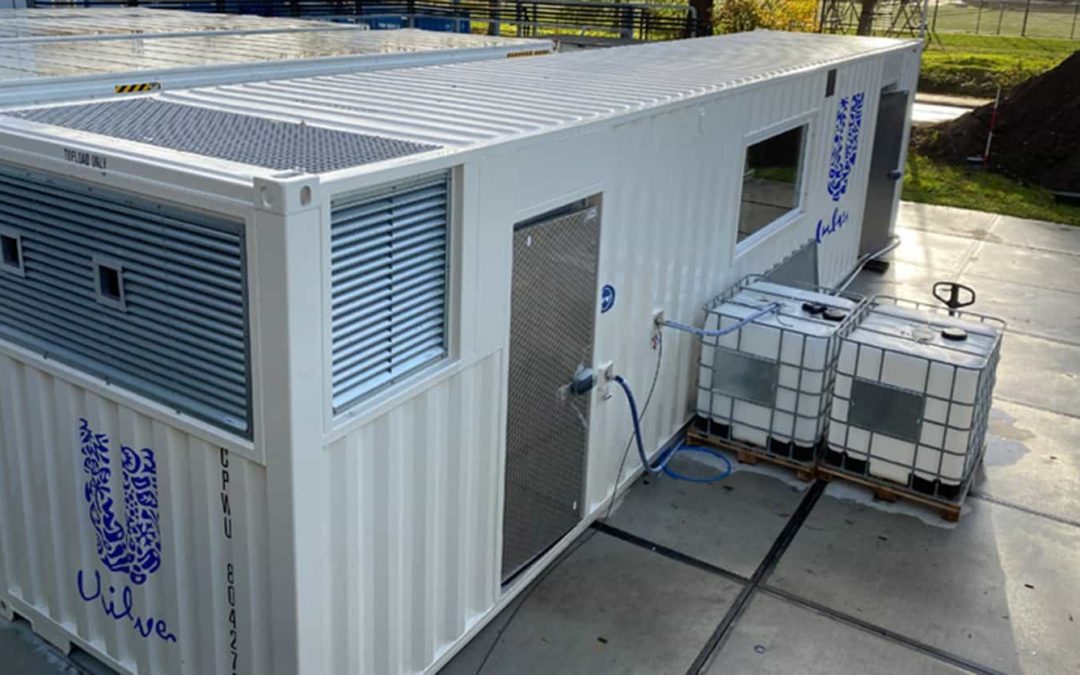
This week, Unilever presented a new manufacturing concept that they call nano factories. These factories are built in standard 40-foot shipping containers and can therefore be easily shipped to different parts of the world.
In the manufacturing industry, there has been talk of so-called micro factories since the 1990s . What distinguishes these factories from the traditional (macro) factories is that they specialize in producing a smaller quantity of more customized products. In a traditional factory, the cost of switching production from one product to another is very high and avoided whenever possible.
When nano- and micro-factories are used goods can be manufactured as needed, instead of in large editions that then need to be sold. This changes the entire product chain.
There are already active micro factories that manufacture, for example, cars and household appliances . For the end customer, this production, which can no longer be called mass production, means that the products become somewhat more expensive, but they also become more adaptable and the factories get less waste during production.
Unilever’s container factories are adaptable and able to manufacture different types of products based on demand. The first production unit produces broth but can be converted to other types of production. If necessary, several container factories can be built together or taken apart and shipped. The factories are digitized and can to a large extent be controlled remotely after they are installed.
There are several advantages of nano or micro-factories. Among other things, they can, for example, satisfy a previously unforeseen increased need for a certain product, such as protective equipment. Furthermore, the mobile nanofactories can manufacture the products close to where they are needed, which reduces the need for transport to the end customer. One estimate is that the shipping cost can be reduced by between 25-40 percent of the final product’s price.





